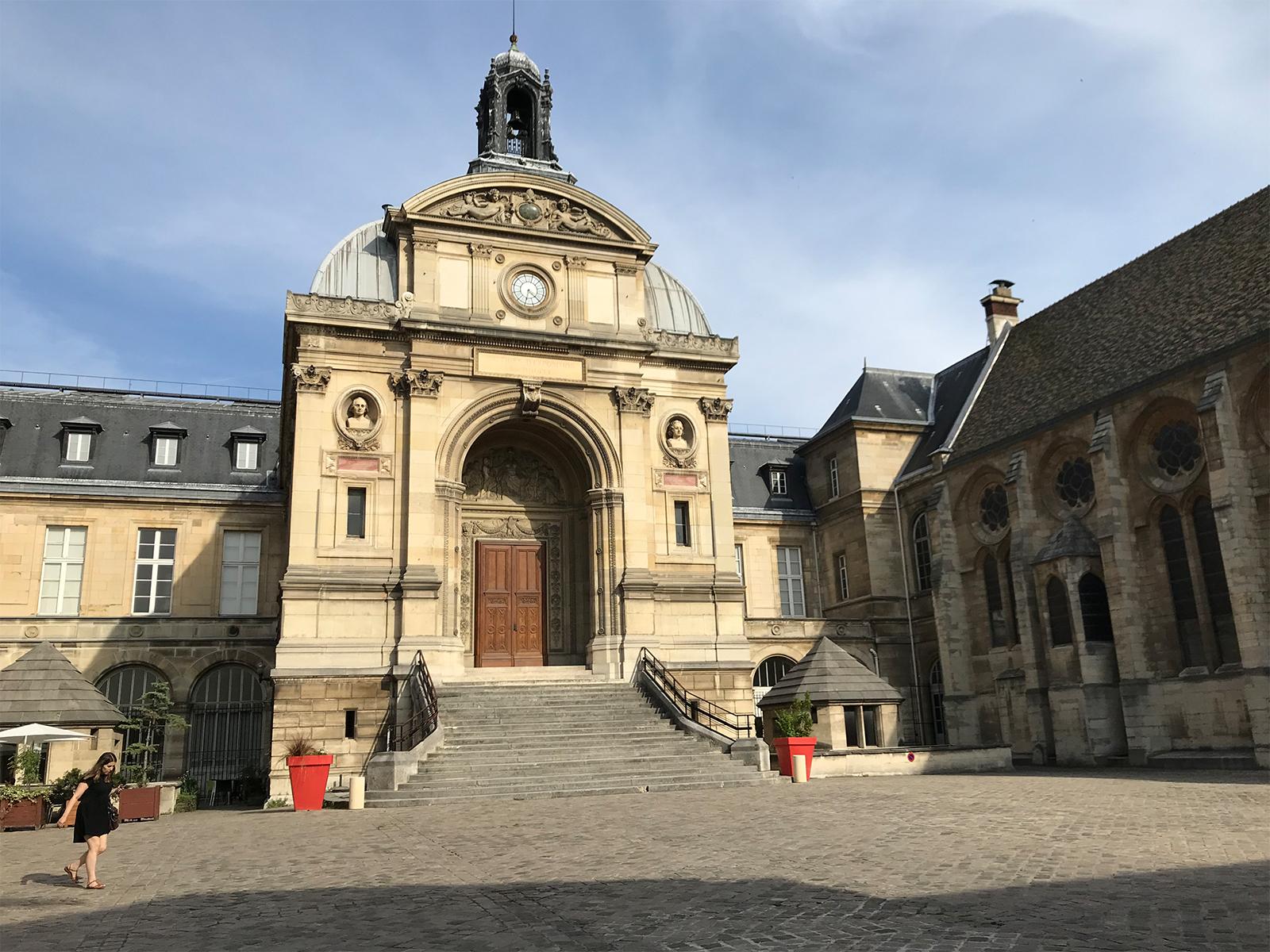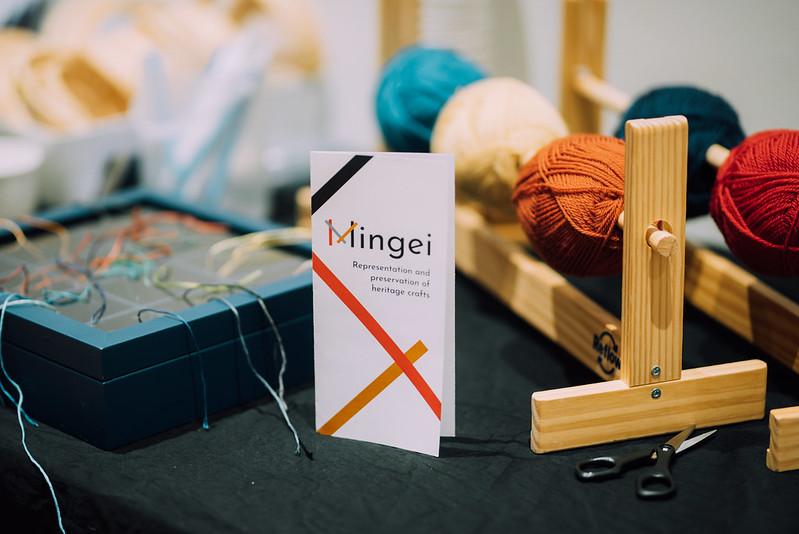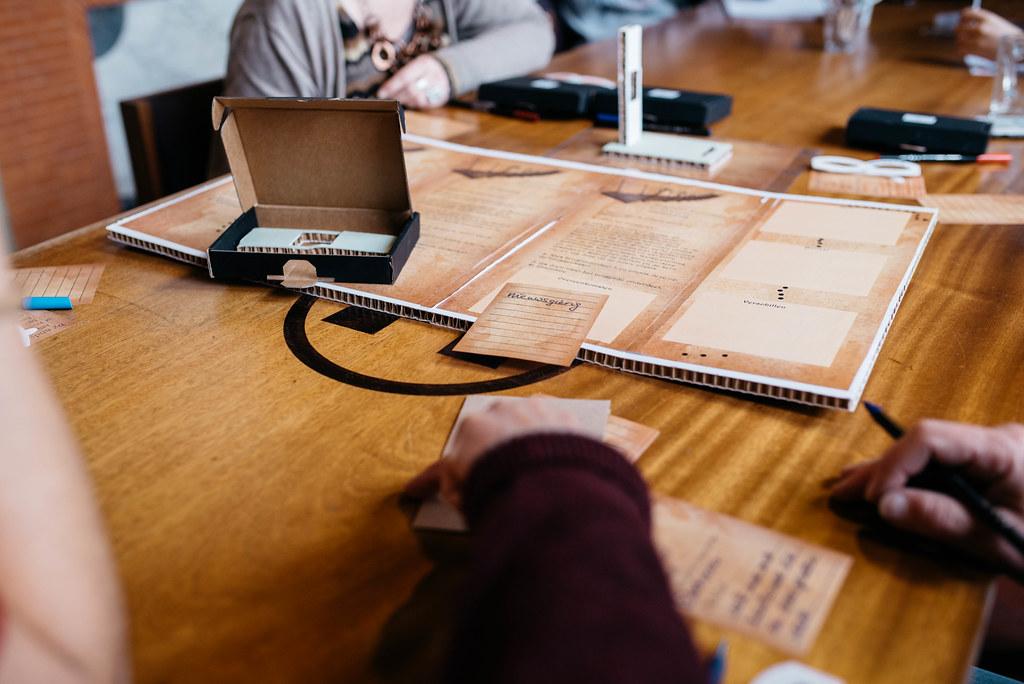To digitise and transfer knowledge about the (in)tangible aspects of crafts; that is the goal of the European project Mingei. Already from that single sentence, a lot of questions arise.
How do we define the term 'craft'? What is considered a craft, compared to art or industry? Who has the knowledge and expertise on a craft, and who do we need to transfer this knowledge to? How do you identify and capture intangible aspects of crafts? How can you digitise knowledge and expertise that is so inherently physical? And what is the best way to transfer knowledge to specific audiences, in specific contexts?
Silk weaving, mastic harvesting and glass blowing
We have to understand that these questions can be answered in many different ways, because they can all be influenced by the context in which they are asked. For that reason, Mingei is an interesting project. It is based on three pilots, each connected to a different craft, to research these questions.
First of all, there is a use case on silk weaving, hosted by a small museum in Krefeld, Germany, run by volunteers and old craftsmen. We have one use case on mastic harvesting, something that is only done on the isle of Chios, Greece. And in Paris, France, the Musée des Arts et Métiers (The Museum of Arts and Crafts) will host a use case on glass blowing.
Early July, I got to go to Paris for a day to visit the Musée des Arts et Métiers. My main objective; to get to know the context and scope of their research and design questions in the Mingei project, so that we can find the best way to support them in their process.
The challenge of co-creation
In the context of each pilot, we will introduce a co-creation process to help research the questions. Waag is responsible for that introduction and will support and coach these craft partners in that process. The craft partner will host activities with local craftsmen, museum staff, stakeholders, visitors and other people with relevant knowledge and expertise that will contribute to shaping the content for digitalisation, and the conceptualisation of solutions for knowledge transfer.
Co-creation is a new approach for most of the project partners, which means it requires some changes in their regular practice. Change is always difficult, especially when you are working in a big institution, where you have to deal with many factors outside of your control. So, the best way for me to support the partner, is to better understand their context. And since there is a direct and quick train from Amsterdam to Paris, it was an easy decision to go visit the Musée des Arts et Métiers and see for myself.
Eye for context
During my visit in Paris, I got to see the set-up of the museum and the way a variety of crafts we're already displayed. This helped me understand the possibilities and limitations the museum had to deal with. I also got a bit of insight into the day-to-day practice of the museum staff and the type of visitors they would cater to. I was able to do some small exercises with both the curators and the educational staff, so that we would better understand the ambitions that were floating around in the museum, in relation to the Mingei project. All these things are important to know when setting up a co-creation process. The more aware you are of your 'limiting' factors and scope, the better you are able to find the space for experimentation.
It was a fruitful visit, both for me, representing Waag, and for the museum – since we both have a better understanding of what we might be able to achieve in the project. In December, we will visit the museum again. By that time, they should have some nice co-creation sessions under their belt, and I am looking forward to their new insights and ideas.
Mingei is a collaboration between Waag and nine European cultural and technological organisations, with the aim of digitising and unlocking the (in)tangible aspects of heritage crafts in Europe. Want to stay up to date? Sign up for the monthly newsletter of Mingei.
This project has received funding from the European Union’s Horizon 2020 research and innovation programme under grant agreement no. 822336.


